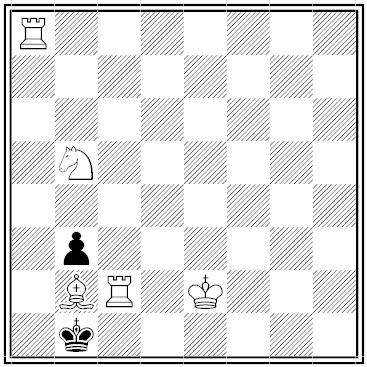Paul R. McClenon of Washington D.C. contributed this problem to the January-February 1964 issue of Recreational Mathematics Magazine:
The poor patient read the prescription which would save his life. ‘Mix carefully a one-pint drink, made of scotch whisky and water, mixed one to five (1/6 scotch, 5/6 water). Drink it quickly and go to bed.’
However, the patient finds only the following items at hand:
A one-quart bottle, about half full of scotch whisky.
An eight-ounce glass.
An unlimited supply of water from his faucet.
A sink with a drain.
No other containers or measuring devices.
He can pour from either container to the other, without spilling a drop, and can fill either to the brim without loss. How should he mix the prescription? Will he figure it out in time? Will he be saved? Did a doctor or bartender write this prescription?
The magazine went out of business before it could publish the solution. I’ll leave it to you.
05/17/2013 UPDATE: There seem to be a number of ways to accomplish this. Here’s one:
We need a 16-ounce dose that’s 1/6 whiskey, so the final mixture must contain 2.666 ounces of whiskey.
- Fill the 8-ounce glass with whiskey, then empty the jug.
- Return the glassful of whiskey to the empty jug and add two glassfuls of water.
- Fill the glass with this 2-to-1 mixture of water and whiskey. The 8-ounce glass now contains 2.666 ounces of whiskey, our target.
- Empty the bottle, pour the glass’ contents into it, and add one 8-ounce glassful of water.
That leaves us with 16 ounces in the jug, 1/6 of which is whiskey and the rest water, as directed.
Thanks to everyone who wrote in.






